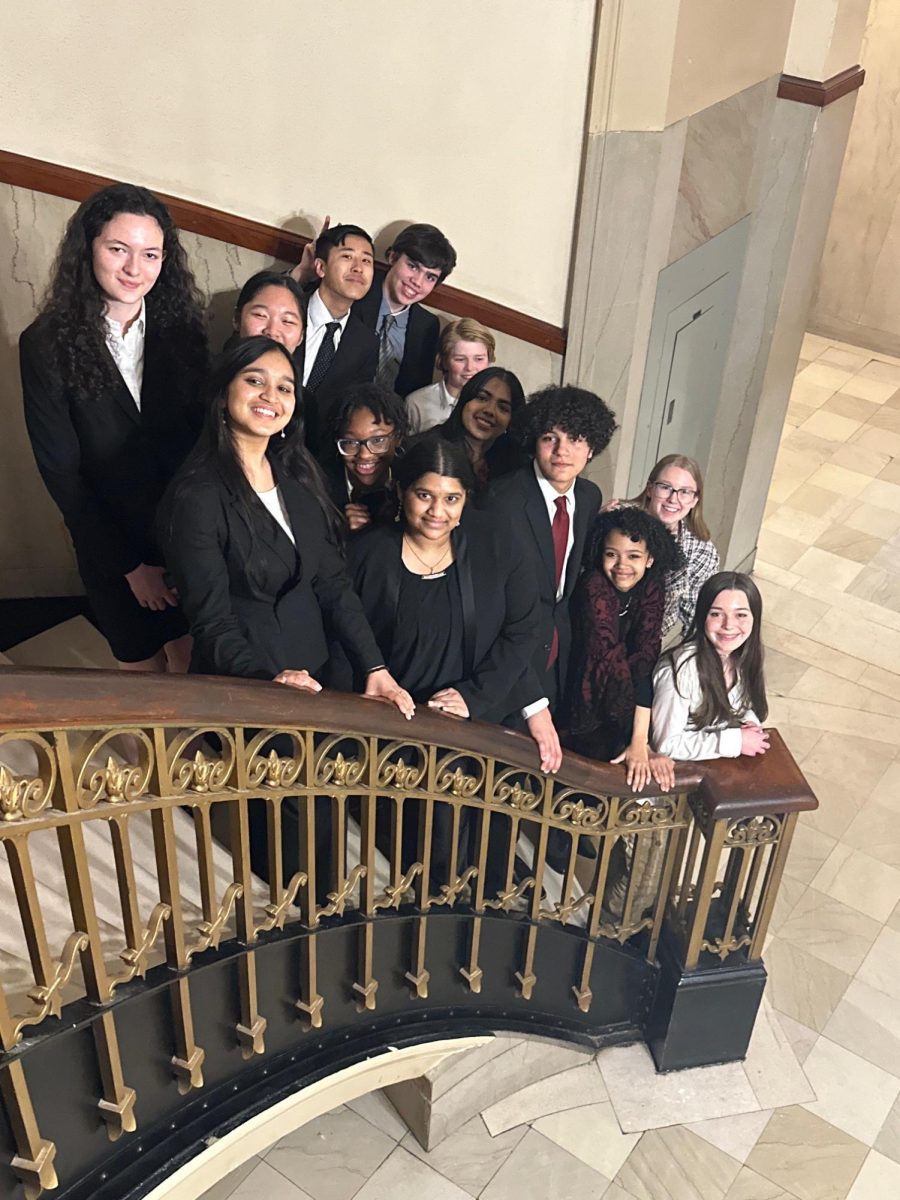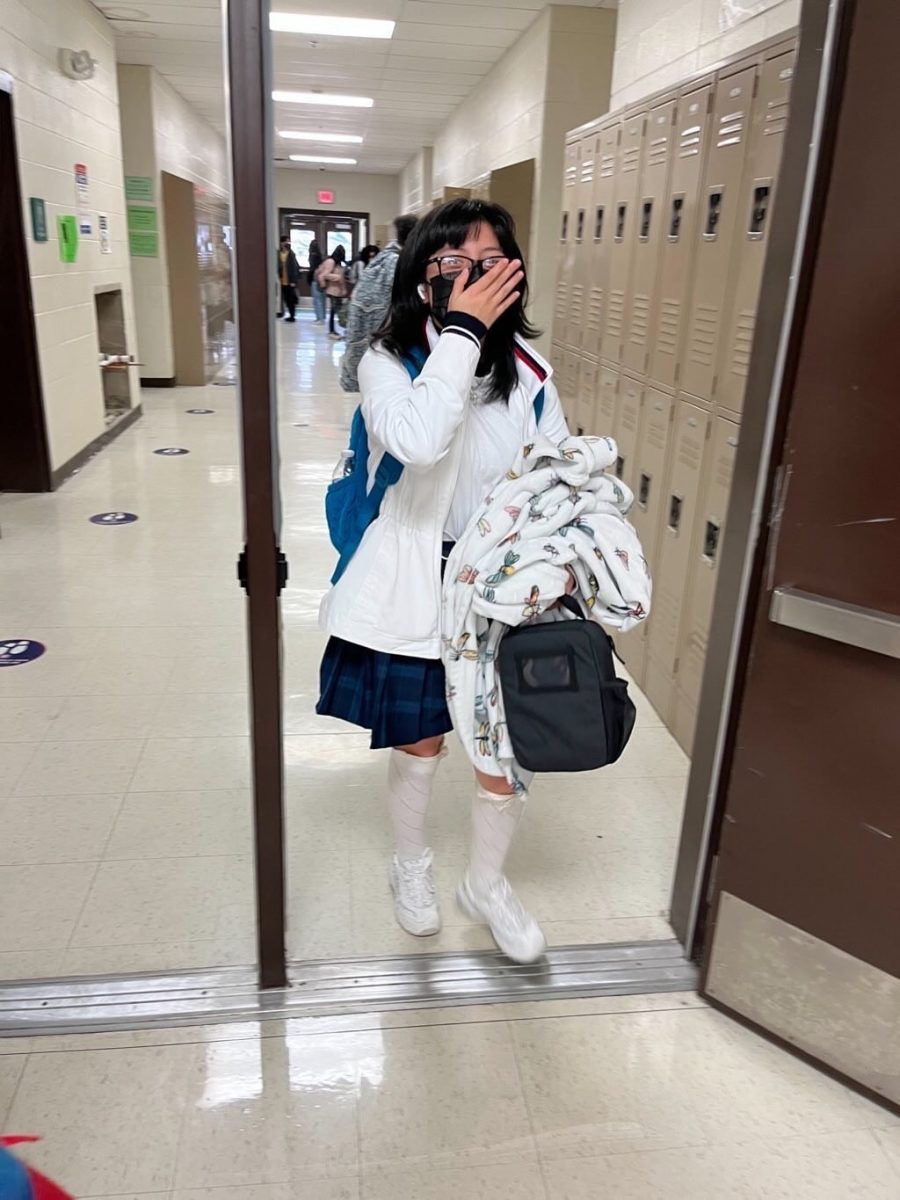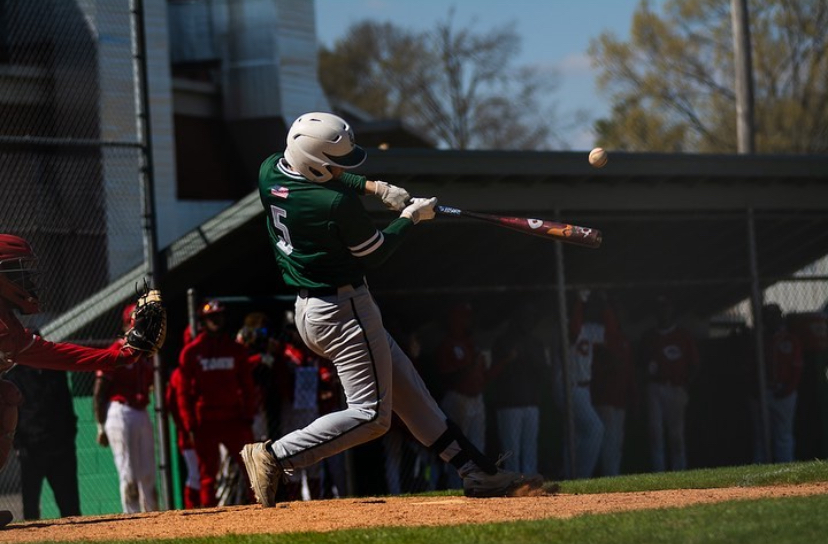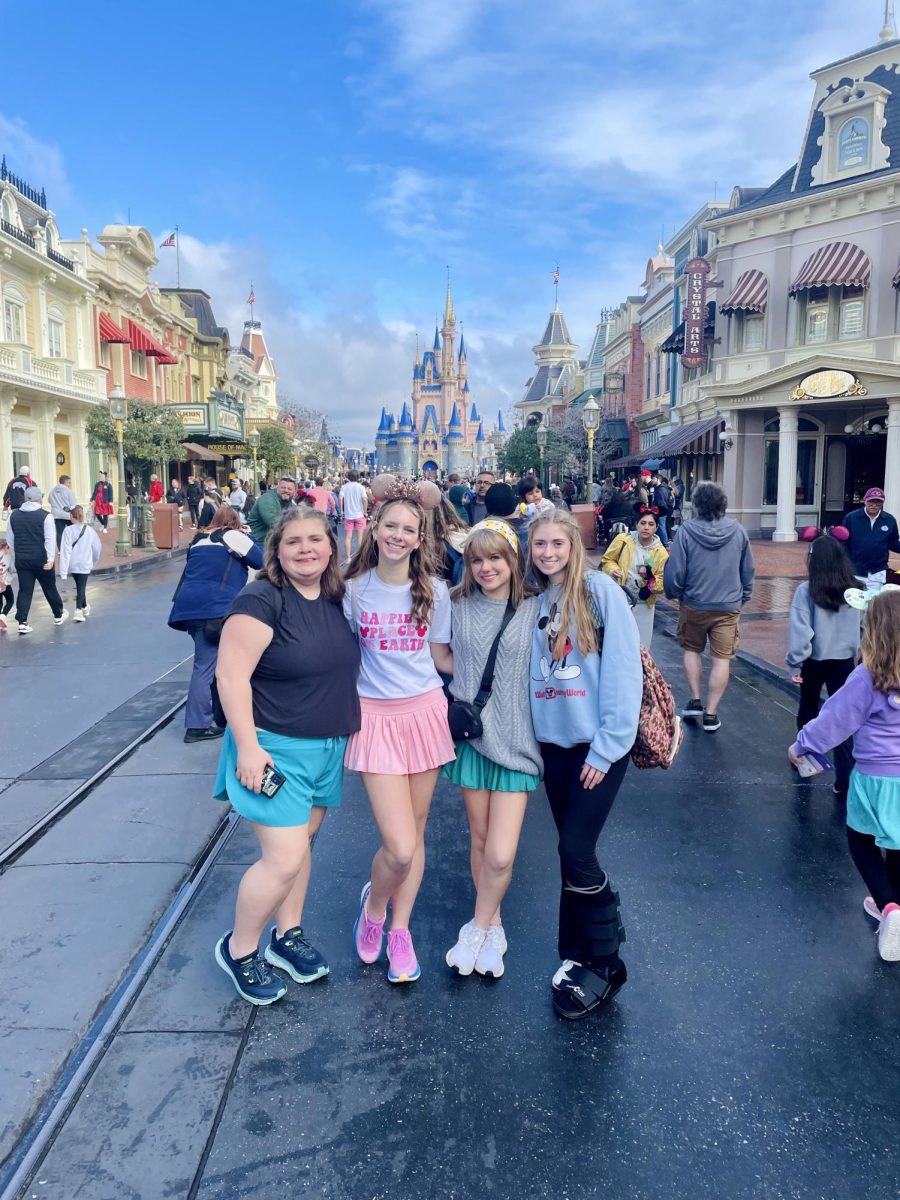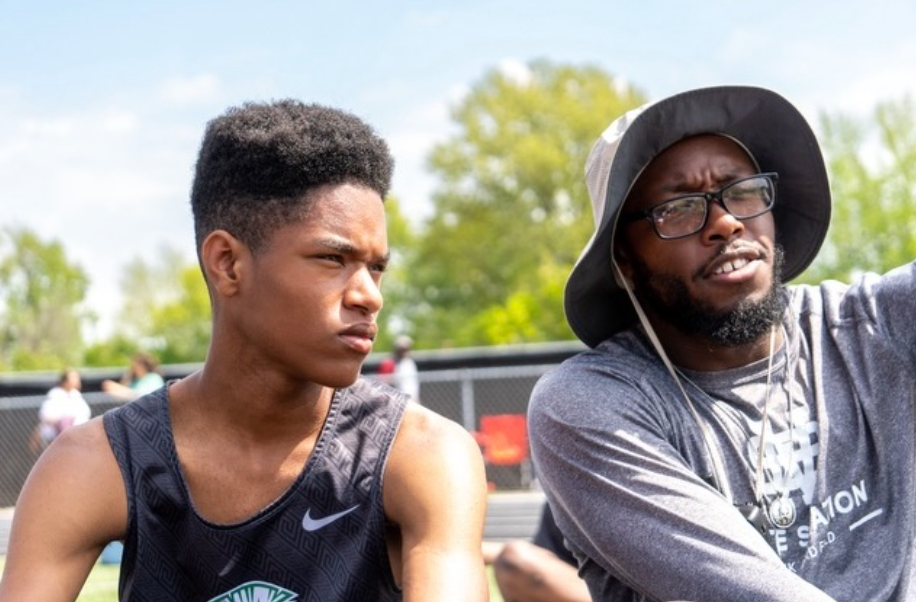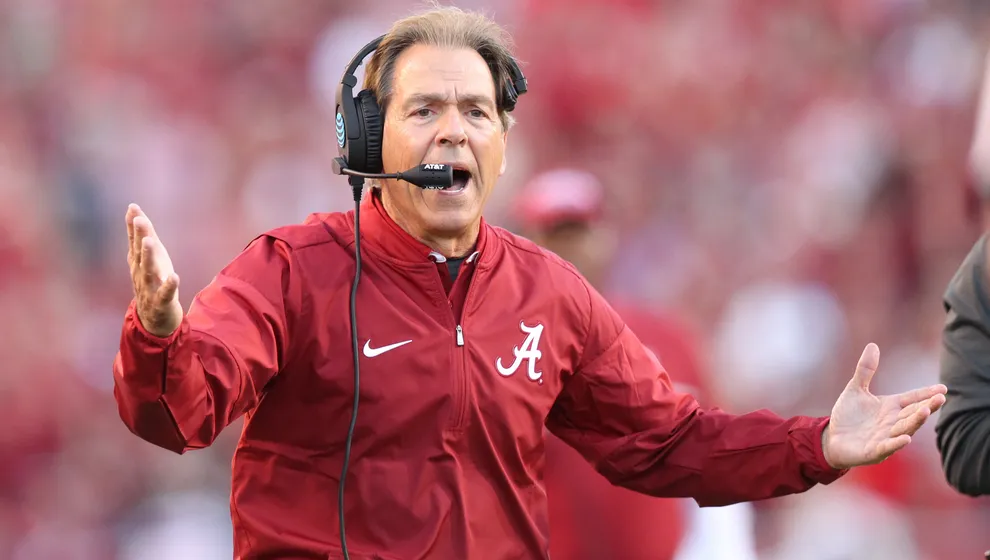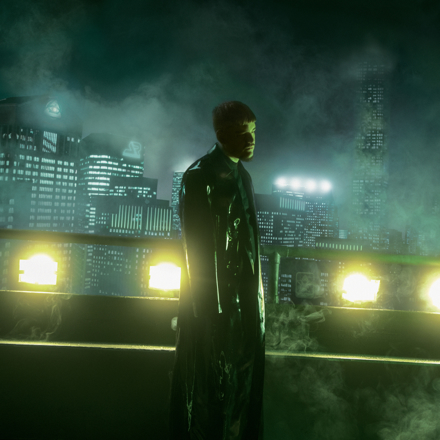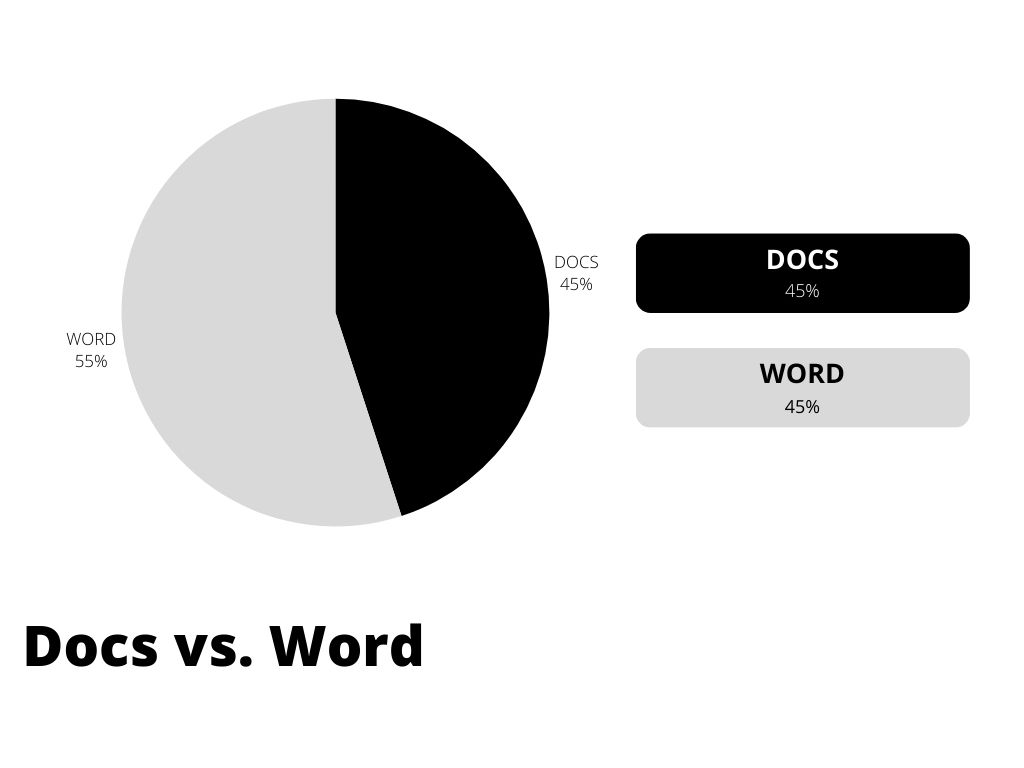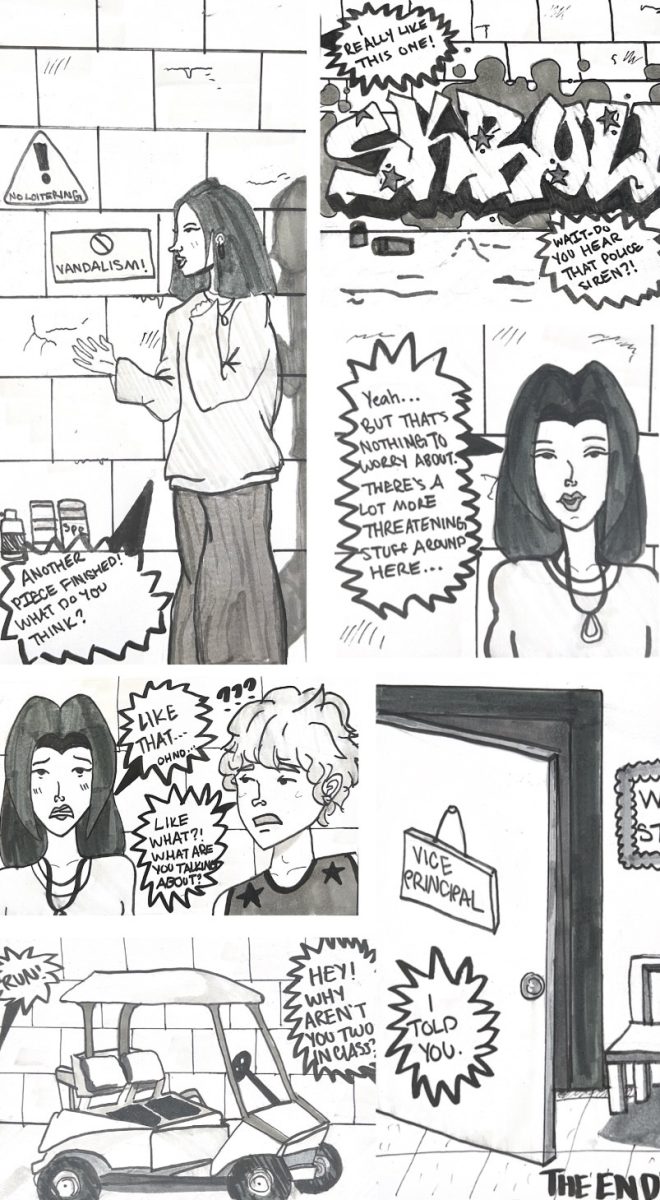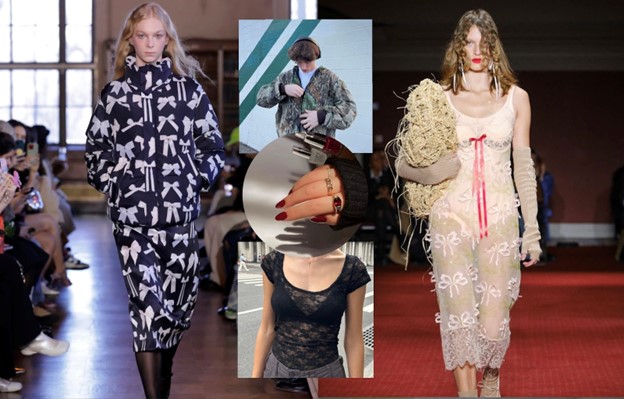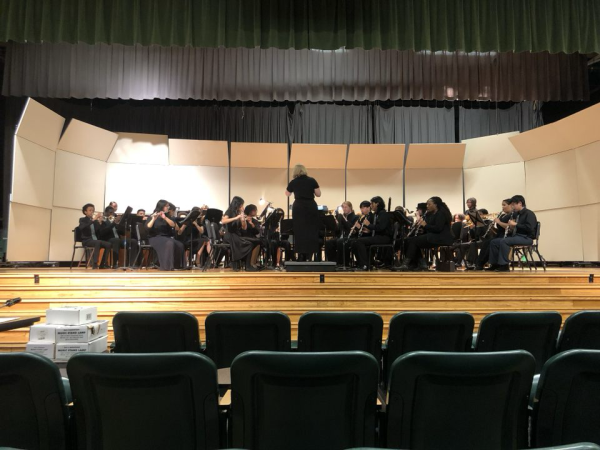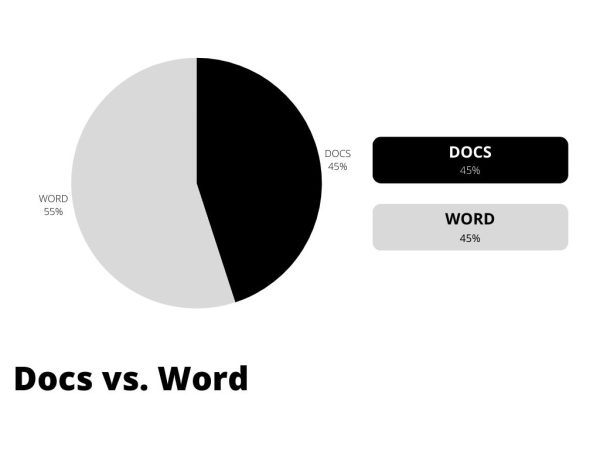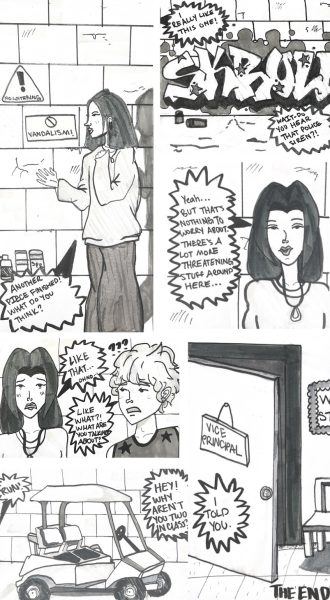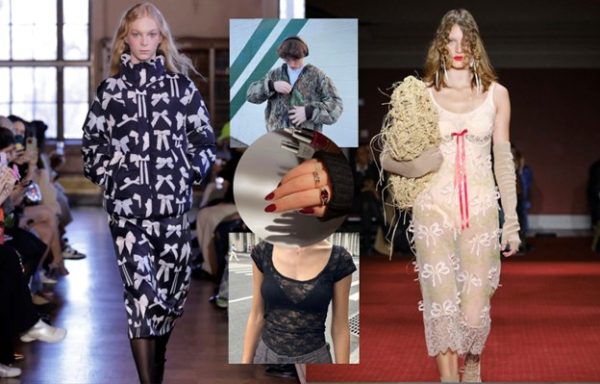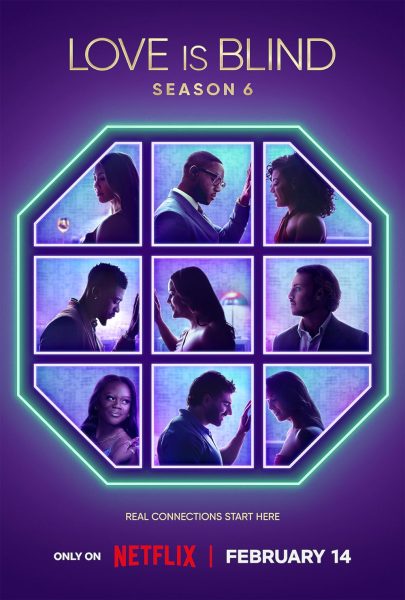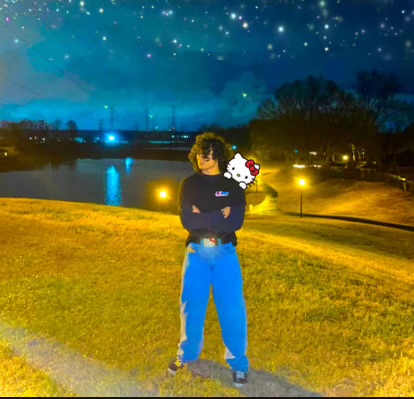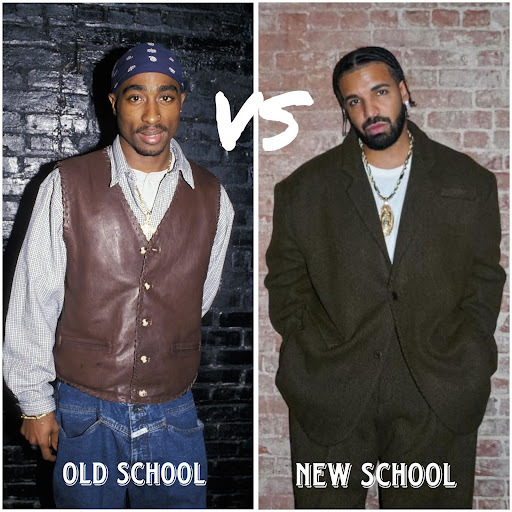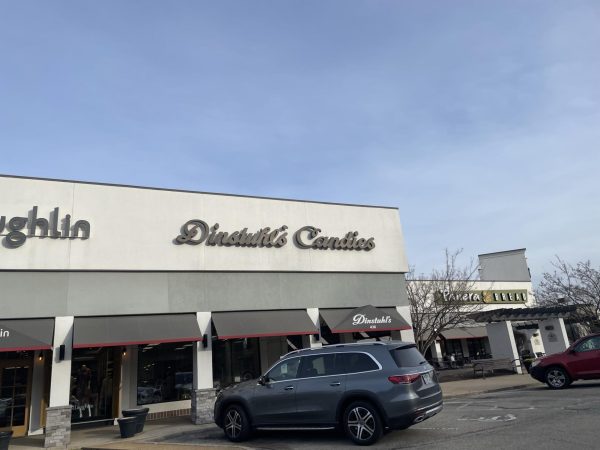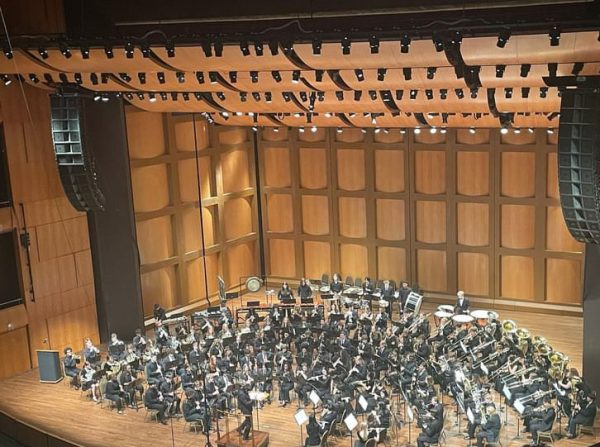History of Horror
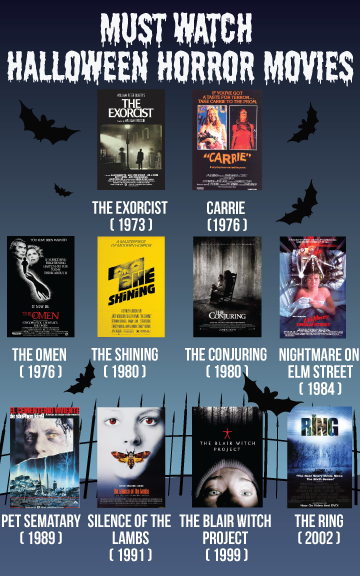
Costumes, pumpkin spice everything and candy corn. These staples of fall indicate the seasonal transition just as the leaves’ change in colors, but perhaps the biggest indicator that fall is in the air is the sudden flood of horror movies.
In 1869 The Devil’s Castle was released; horror movies’ first mark on cinematic history. The Devil’s Castle is regarded as the first horror movie, and while it might seem tame compared to modern movies, many of the images we are used to in horror films originated with The Devil’s Castle. From bats to skeletons to the piano reminiscent of a child’s music box, the film set the tone for the horror genre.
Horror did not hit it big in America until the 1960’s. Special effects in films like Psycho, regarded as the best horror movie of all time, and The Exorcist, based on the true story of an exorcism in 1949, redefined the game.
In the 80’s, movies focused more on paranormal phenomena. Poltergeist, the story of an angry ghost wreaking havoc on a family, was the highest grossing horror film of 1982. Hellraiser, about a group of sadists attempting to feed on human blood, received a mixed reaction due to its graphic content. Both, dealt in the realm of the supernatural, and audiences were receptive. Modern horror movies seem to fall in one of three categories. The first is the “home movie” style. Popularized by the low budget film The Blair Witch Project and found in the current Paranormal Activity series, recording on what appears to be a handheld camera makes this style seem authentic.
The second category is the jumpscare; used solely to make the viewer scream. Films like Insidious and Cabin in the Woods use jumpscare to make viewers crave an adrenaline rush.The final category is a newer style of movie popularized in the 2014 film Babadook. This style at first seems like a regular paranormal thriller, but also contains a powerful message. Babadook upon second glance, becomes a social commentary about the horrors of mental illness. These movies delight for a different reason than jump scares – they spark a conversation along with a burst of adrenaline.
“If we have a relatively calm, uneventful lifestyle, we seek out something that’s going to be exciting for us, because our nervous system requires periodic revving, just like a good muscular engine,” Stuart Fischoff, an expert in psychology at California State University, said.
Because of this burst of adrenaline that horror movies provide, teens crave the feeling of being on the edge of their seats.
“I enjoy horror movies because it allows me to explore my fears in a thrill-inducing way that doesn’t actually put me in any form of mortal danger,” Sierra Randall (11) said.
Audiences have been scared and delighted with horror since 1869 Over 50 horror movies were released in 2014 alone, proving the trend will only continue.
Your donation will support the student journalists of White Station High School. Your contribution will allow us to purchase equipment and cover our annual website hosting costs.
